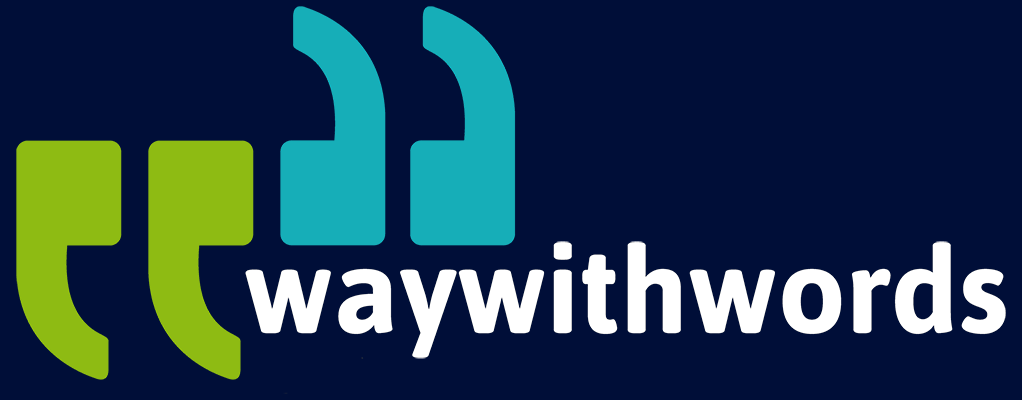Why is Speaker Diversity Critical in Speech Data Collection?
What is the Importance of Speaker Diversity?
The importance of speaker diversity in data collection is becoming increasingly evident. Whether it’s a virtual assistant responding to a voice command, real-time speech processing, or a transcription engine converting speech to text, the ability of these systems to perform accurately across a broad spectrum of users depends heavily on the quality and diversity of the speech data they are trained on.
This article explores why speaker diversity matters, the consequences of ignoring it, and how inclusive data strategies not only drive innovation but also promote fairness in voice recognition technology. We’ll look into the meaning of speaker diversity, real-world failures due to biased data, the benefits of inclusive corpora, strategic sampling frameworks, and the legal and ethical dimensions tied to this critical topic.
What Is Speaker Diversity?
Speaker diversity refers to the inclusion of a wide range of human speech variations within a dataset used for developing voice-based technologies such as automatic speech recognition (ASR) systems, voice assistants, and other AI-driven voice applications. This diversity spans several key dimensions:
- Gender: Incorporating voices across the gender spectrum—including male, female, transgender, and non-binary individuals—ensures systems can accurately respond to and understand all users.
- Age: Speech patterns can vary greatly across age groups. Including children, teens, adults, and older individuals allows voice systems to be more universally applicable.
- Accent and Dialect: Accents reflect regional, ethnic, and cultural identities. A South African English speaker from Cape Town will sound different from one in Durban. Similarly, someone speaking Nigerian English will differ from someone using Ghanaian English. These variations must be represented in the training data.
- Language and Code-Switching: In multilingual regions, speakers often switch between languages mid-sentence—a phenomenon known as code-switching. Systems that can accommodate this are much more effective in real-world use.
- Socioeconomic Background: Vocabulary, intonation, and speech cadence can differ based on socioeconomic factors. Including speakers from various backgrounds makes systems more adaptive and inclusive.
Neglecting any of these variables can result in an ASR model that performs poorly for significant portions of a population, making speaker diversity a foundational requirement for equitable and accurate voice AI.
Bias in Voice Recognition Models
Despite the advancements in voice technologies, numerous systems have faced public backlash due to their failure to understand users outside their narrow training parameters. These issues typically stem from homogenous datasets that lack adequate representation.
Consider these examples:
- Siri and Apple’s Early Failures: Apple’s Siri initially struggled to understand female voices as well as it did male voices. It also exhibited lower accuracy for non-American English speakers, highlighting a bias towards white, male, American-accented voices in its training data.
- Amazon Alexa’s Recognition Gaps: Users with strong regional or ethnic accents, such as African American Vernacular English (AAVE), have reported misinterpretations and frequent errors when interacting with Alexa. This raises concerns not only about functionality but also about inclusivity.
- Voice Biometric Failures: Several voice biometric systems used in banking and security settings have shown difficulty in verifying identities of individuals with higher-pitched voices or those with speech disorders, creating barriers to access.
Such failures are not just technical limitations—they reflect deeper issues of exclusion and marginalisation. A system that only functions well for a specific subset of users propagates inequality, often without the users or even developers fully realising it. In voice UX, these gaps can erode trust, hinder adoption, and even lead to reputational damage.
Ultimately, biased systems are a byproduct of biased data. When the training corpus lacks speaker diversity, the resulting models exhibit recognition bias—where they work optimally for a certain demographic while marginalising others. This makes the case for inclusive speech data collection not only a technical priority but a social and ethical one.

Benefits of Diverse Speech Corpora
Incorporating speaker diversity into speech data collection delivers tangible benefits across technological, social, and commercial dimensions. Let’s explore how inclusive speech corpora enhance the quality and usability of speech recognition systems:
- Improved Accuracy Across Populations: A richly varied dataset enables ASR systems to generalise better. Whether the speaker is an elderly Afrikaans woman or a multilingual Nigerian teenager, the system becomes more adept at recognising and accurately transcribing speech in various forms.
- Enhanced Product Inclusivity: Brands that deploy inclusive technologies strengthen their user engagement and brand loyalty. When users feel understood—literally—they’re more likely to adopt and promote the service. Inclusive design begins with inclusive data.
- Greater Market Reach: By expanding the diversity of training data, companies can launch products in more regions and serve broader demographics. Speech applications that understand multiple African English accents, for example, are more scalable across the continent.
- Model Robustness and Generalisation: A diverse dataset builds resilience. It prepares the model to handle real-world speech scenarios involving background noise, emotion, code-switching, and accent drift.
- Bias Mitigation: Actively including underrepresented speakers helps counterbalance inherited biases in language technology. This aligns with the wider movement in AI towards ethical machine learning practices and socially responsible innovation.
For developers and businesses, the investment in collecting high-quality, diverse speech data yields long-term returns. It drives product improvement while also demonstrating a commitment to diversity and inclusion, which is increasingly valued by both users and regulators.
How to Plan for Diverse Sampling
Building a diverse speech dataset doesn’t happen by accident—it requires careful planning, inclusive design, and structured methodologies. Here are practical frameworks and techniques for ensuring diversity in your speech data projects:
- Establish a Diversity Matrix: Before data collection begins, define target demographics across key variables such as gender, age, regional origin, accent, and education. Use this matrix to guide participant recruitment and ensure balanced representation.
- Recruit through Diverse Channels: Partner with community organisations, universities, NGOs, and local agencies that represent varied demographics. This outreach enables access to speakers who may otherwise be excluded from typical digital recruitment pipelines.
- Design Inclusive Prompts: Ensure the content of the speech prompts used in recording sessions reflects cultural and linguistic diversity. Avoid prompts that are culturally specific or linguistically skewed toward one dialect.
- Monitor Demographic Balance in Real-Time: Use dashboards or tracking tools to monitor which demographics are being captured as data collection progresses. Adjust recruitment dynamically to fill representation gaps.
- Include Ethical Consent and Data Sovereignty Provisions: Ensure speakers are informed and consent to the use of their voice data. Where possible, allow them control over how their data is used or reused, especially in sensitive use cases.
- Localise Collection Methods: Adapt your approach to suit local realities. In rural or low-connectivity areas, for instance, consider offline or mobile-first collection tools that respect the user’s environment.
Finally, always review your dataset for potential blind spots or overrepresentation. Even with the best intentions, data bias can creep in unnoticed unless sampling is continuously managed and reviewed.
Regulatory and Ethical Implications
As voice technologies become more embedded in society—from healthcare to finance to public services—the ethical and legal implications of non-diverse datasets grow more serious. Here are key considerations to keep in mind:
- Legal Compliance with Fairness Mandates: Jurisdictions such as the EU and South Africa are beginning to introduce regulations around AI fairness, data protection, and anti-discrimination. The EU AI Act and South Africa’s Protection of Personal Information Act (POPIA) both touch on elements that affect speech data collection and usage.
- Discrimination Risks: Systems that systematically fail to understand or verify certain groups (such as people with speech disorders, ethnic minorities, or non-native speakers) may face legal challenges on grounds of discrimination or unequal access.
- Transparency and Auditing Requirements: Increasingly, regulators are demanding greater transparency from AI systems. Organisations may be required to disclose their training data sources and show that they have taken steps to minimise bias.
- Ethical Data Stewardship: Beyond legal compliance, there’s an ethical duty to ensure that AI technologies do not entrench or amplify existing social inequalities. Responsible speech data collection includes ensuring fair treatment of contributors and compensating them appropriately.
- Reputational Risks: Brands deploying biased or exclusionary voice interfaces risk public backlash. Issues like “my voice isn’t recognised” can quickly go viral, impacting trust and adoption.
Diversity in speech data collection is no longer just a technical feature—it’s a regulatory and moral imperative. Compliance, trust, and long-term viability of voice technologies depend on proactively addressing issues of fairness and representation.
Why Speaker Diversity is Non-negotiable
In today’s voice-first world, speech technology is not just about functionality—it’s about inclusion, accessibility, and equity. Speaker diversity in speech data collection is a non-negotiable component of building ethical, effective, and trustworthy voice systems.
From mitigating bias and improving user experience to meeting legal and regulatory standards, the benefits of diverse and inclusive datasets are profound. Speech AI developers, UX designers, compliance officers, and researchers must work collaboratively to ensure that speech technologies serve all users, not just a privileged few.
Further Resources
Wikipedia: Fairness in Machine Learning – An in-depth overview of how fairness principles apply in machine learning, including voice AI and the consequences of biased data.
Way With Words: Speech Collection – Way With Words excels in real-time speech data processing, leveraging advanced technologies for immediate data analysis and response. Their solutions support critical applications across industries, ensuring real-time decision-making and operational efficiency.
